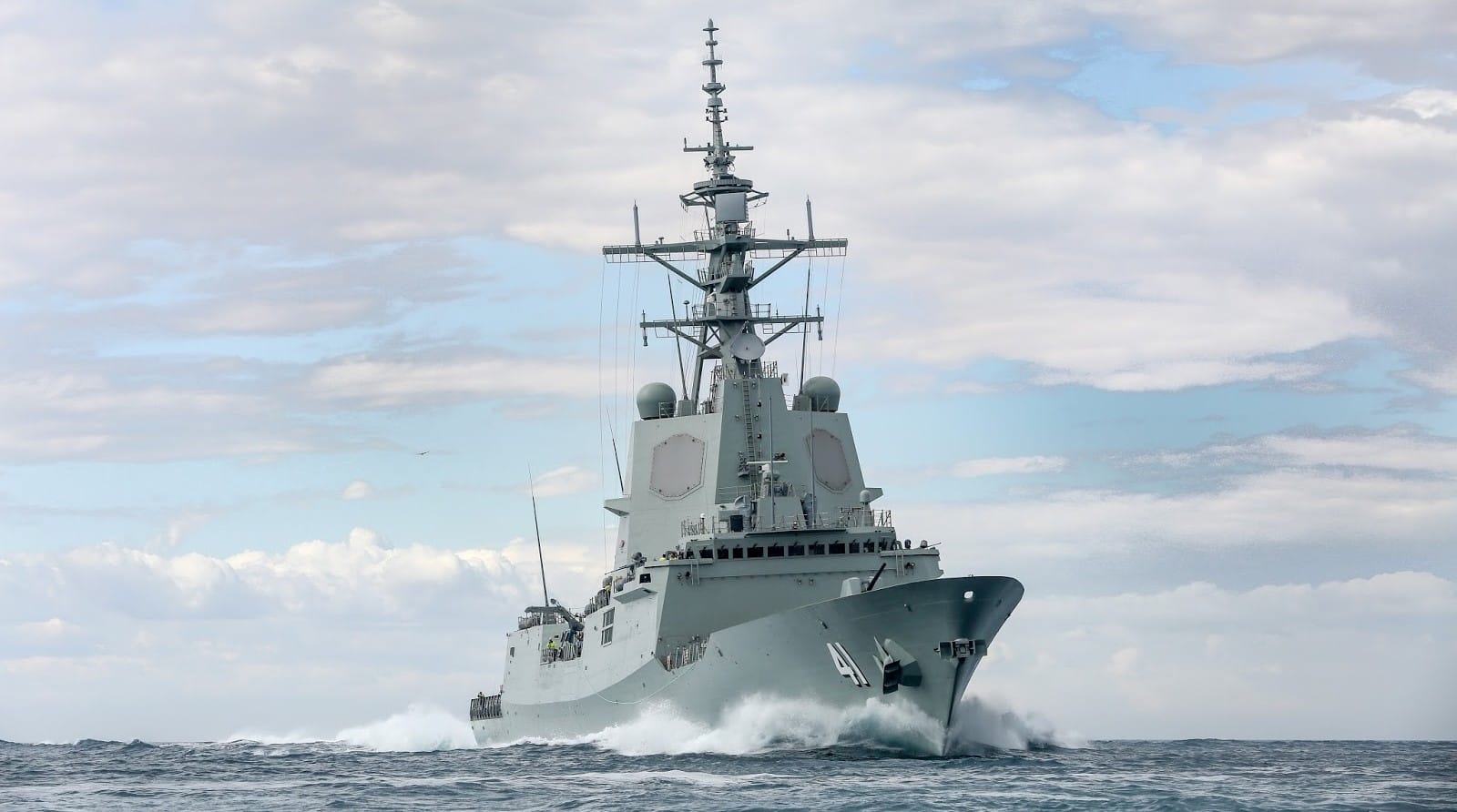Latest news
04
May
A sizzling success!
THE Sub-Section sausage sizzle kiosk in the Bunnings Virginia car park today was a HUGE success!
Regularly, on certain weekends
1 min read
04
Feb
About our Sub-Section
THE “Sandgate Sub-Section” of the Naval Association of Australia Incorporated (the “NAA”) has a distinguished history.
Prior to 1954 the
3 min read
06
Apr
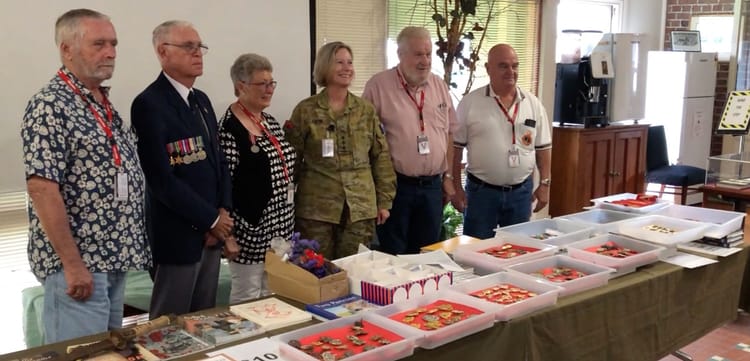
Japanese sword welcomed into national collection
SANDGATE Sub-Section was proud to be associated with the addition of hundreds of Great War and World War II-related military
7 min read
12
Aug
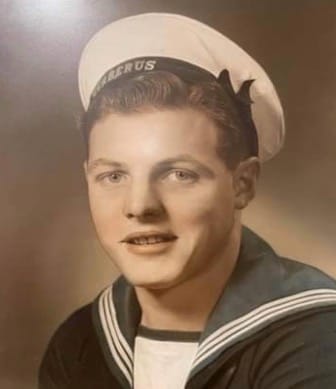
Vale, John Carlyon OAM
A life of service.
By DARBY ASHTON, President, Sandgate Sub-Section,
(with thanks to Trevor Rigby).
John Robert Carlyon OAM was
5 min read
08
Apr
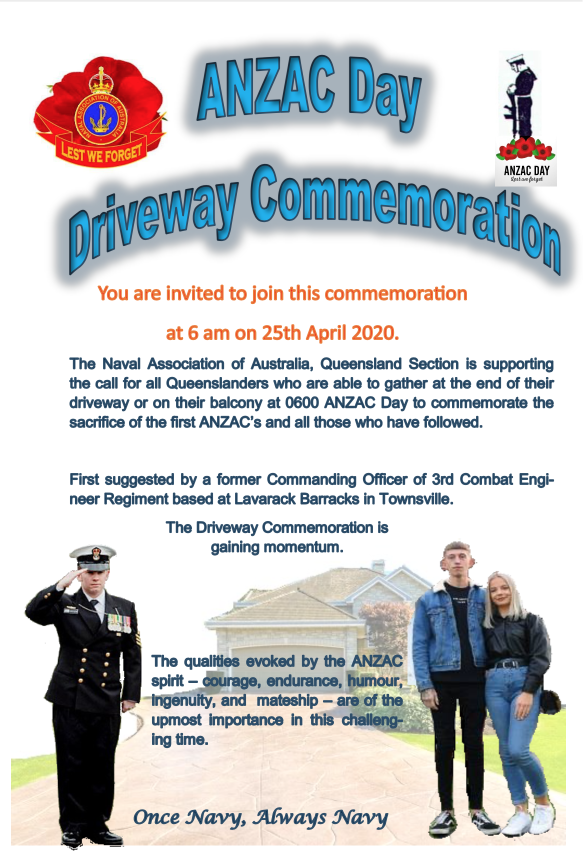
Anzac Day Driveway Observance
Calling all Naval Association of Australia Sandgate Sub-Section members!
For this coming Anzac Day, veterans are encouraged to participate in
1 min read
06
Feb

New War Memorial dedicated
SANDGATE Sub-Section was honoured to be associated with the Dedication Ceremony of a new War Memorial and Remembrance Gardens at
3 min read
24
Nov
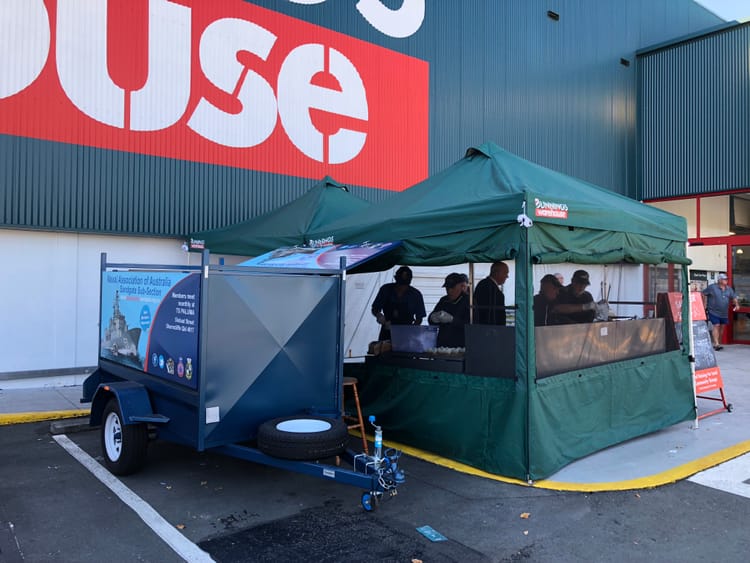
Looks a lot like Christmas!
IT'S on again — the Sub-Section sausage sizzle kiosk will be setting up in the Bunnings Virginia car park
1 min read
22
Nov
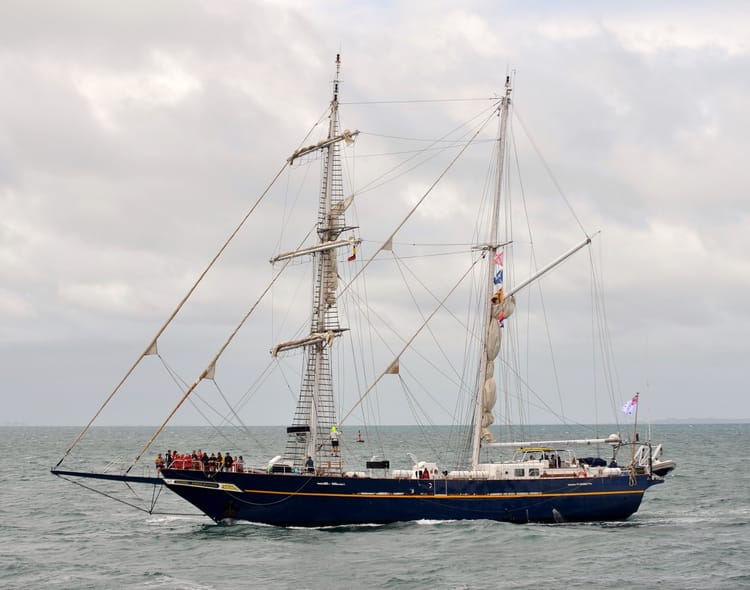
Seth's Young Endeavour report
MY YOUNG ENDEAVOUR REPORT
BY SETH SHOUBRIDGE
Intro
How do you describe the experience of a lifetime? The Young Endeavour
14 min read
28
Feb
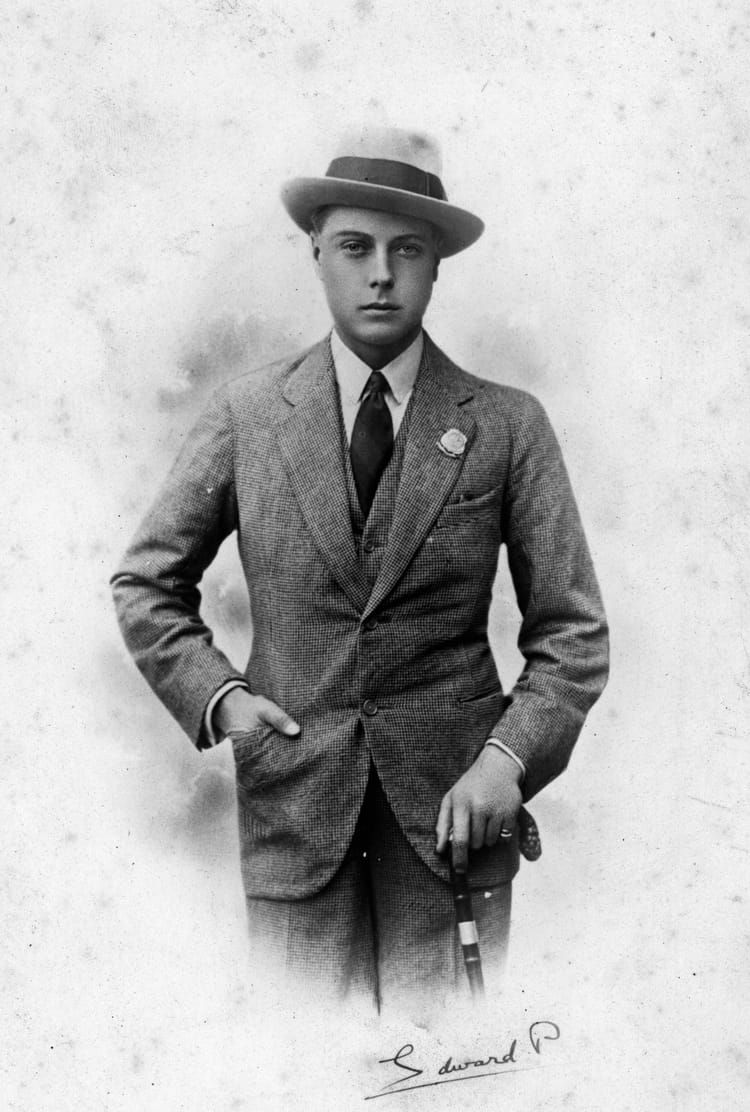
Brisbane salutes the King
NAVAL OFFICER ON HORSEBACK
Royal Review of Forces
THE Royal Review of naval and military forces, to be held in
4 min read
11
Nov
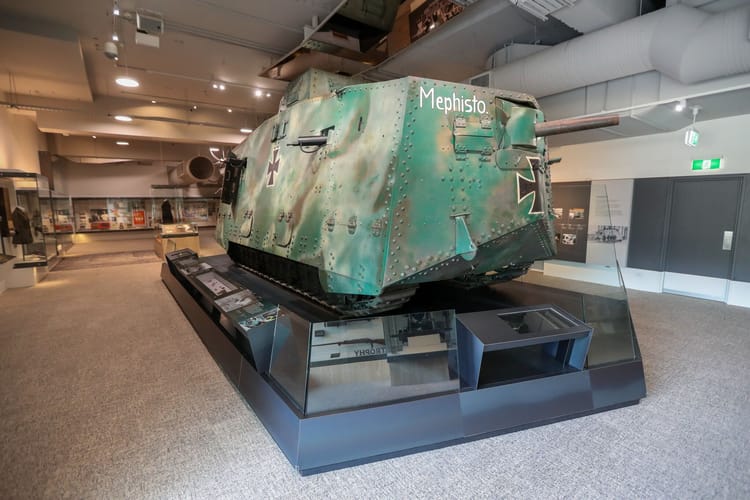
Exploring Queensland legacies
THE legacies of World War I and how they shaped modern day Queensland will be the focus of Queensland Museum’
3 min read

